calsfoundation@cals.org
Caddo Gap (Montgomery County)
Caddo Gap is an unincorporated community located along the Caddo River in Montgomery County approximately fifteen miles south of the county seat, Mount Ida. In the twenty-first century, Caddo Gap is a very small community of fewer than 100 people, although it has a long history of Native American habitation, Spanish exploration, and white settlement.
According to Arkansas Archeological Survey findings, Native Americans inhabited areas near Caddo Gap dating back to the Dalton culture. In the thirteen, fourteenth, and fifteenth centuries, Caddo Indians lived and farmed in Caddo Gap. For many years, historians believed that Hernando de Soto’s expedition in 1541 encountered and fought the Tula tribe near present-day Caddo Gap. The Arkansas History Commission erected a monument in 1936 to commemorate that conflict; however, historic and archaeological research now indicates that de Soto’s encounter with the Tula Indians occurred elsewhere.
The first white settlers to the area arrived before 1815, but settlement numbers remained low until the 1830s. During the 1830s and 1840s, settlers established a small gristmill, stores, a Methodist church, and a toll bridge. By the late 1850s, a Masonic lodge had been established, and a post office called Centreville was established in 1857. In 1863, General Albert Pike arrived in Centreville (Caddo Gap) and purchased a nearby tract of land. Local tradition states that Pike built a two-story house and lived in the quiet community, reading and writing for nearly a year. He left suddenly in 1864, fleeing bushwhackers who destroyed his home.
After the Civil War, the post office officially changed its name from Centreville to Caddo Gap. At the turn of the nineteenth century, Caddo Gap’s population grew to several hundred when the Missouri Pacific Railroad came to Montgomery County. The community added a newspaper, a bank, hotels, a cotton gin, blacksmith shops, a school, and a sawmill.
When the railroad stopped serving Caddo Gap, the population dropped, and the community has never regained its pre–Great Depression vitality. Twentieth-century visitors to Caddo Gap are often attracted to the canoeing, kayaking, and camping opportunities along the nearby Caddo River, and multiple companies provide canoe and kayak rental services. There are several churches currently in the Caddo Gap area, including Caddo Gap Baptist Church and Oak Grove Baptist Church.
For additional information:
Cobb, Ida Sublette. “Mountain Legend of Albert Pike’s Two Years in the Ouachitas.” Mena Evening Star, April 22, 1939.
Messmer, Martin. “Structural Geology of the Caddo Gap Area, Ouachita Mountains, Arkansas.” MS thesis, Stephen F. Austin State University, 2018. Online at https://scholarworks.sfasu.edu/etds/173/ (accessed July 7, 2022).
Montgomery County Historical Society. Montgomery County, Our Heritage. 2 vols. Mount Ida, AR: Montgomery County Historical Society, 1987, 1990.
Hattie Felton
Historic Arkansas Museum
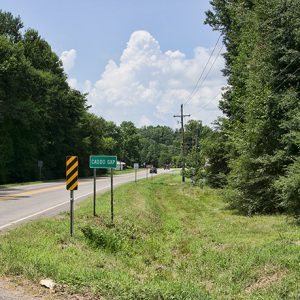 Caddo Gap
Caddo Gap 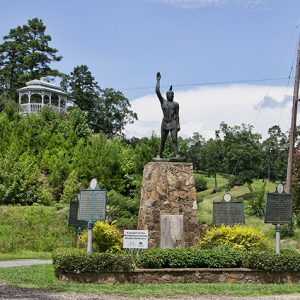 Caddo Gap Monument
Caddo Gap Monument 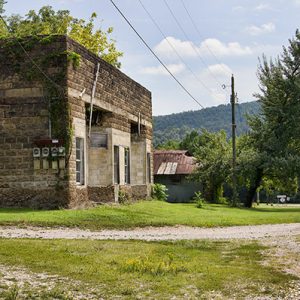 Caddo Gap
Caddo Gap 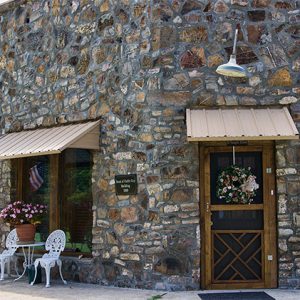 Caddo Gap Bank Building
Caddo Gap Bank Building 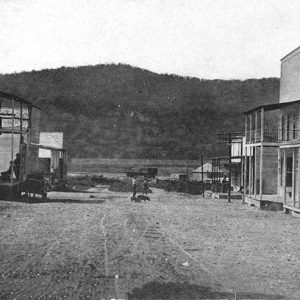 Caddo Gap Street Scene
Caddo Gap Street Scene 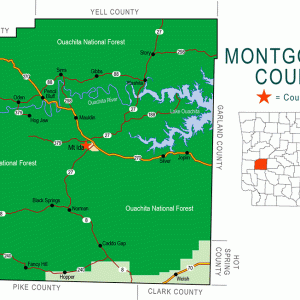 Montgomery County Map
Montgomery County Map 




Comments
No comments on this entry yet.